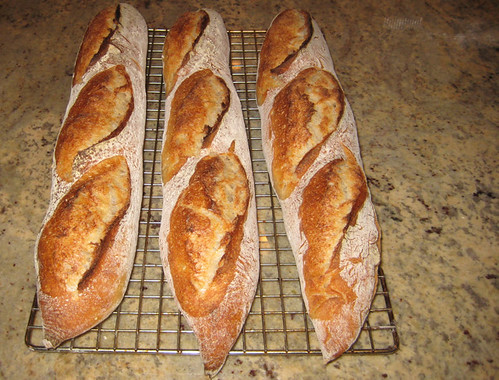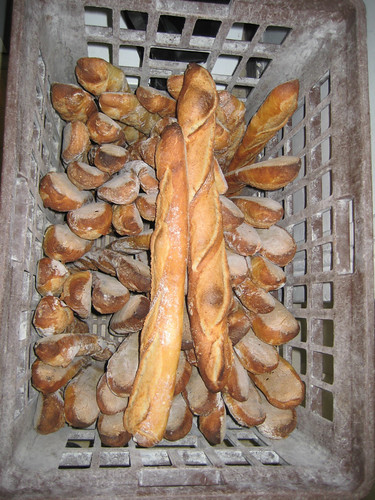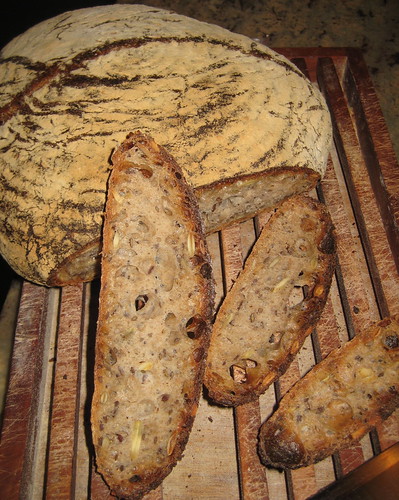
By Don Kretschmann
Recently on the way back from the mailbox to retrieve the newspaper, I was struck by the headline: "Bad Trend." It seemed like the 30th bad news headline in a row: "A Fight for Survival." "Some Shoppers Go Without." "Financial Genius on Verge of Disaster." It was the last straw. It's time someone heard some good news!
The local food business is thriving -- despite the "real economy."
Demand for locally produced food is far outstripping supply. In my 30 years farming and marketing locally, this was our best year ever. More telling is that there has been no big "bubble" but just steady growth over that entire time. And throughout this fall there was a steady drumbeat -- like never before -- from those wishing to buy our local produce next season. I hear from other farmers around the state and other regions the very same thing.
What is making it thrive are some fundamental factors. Certainly these would lead one to think the boom isn't some flash-in-the-pan phenomenon but a truly sustainable movement.
It all starts with a geometrically increasing consumer base which "gets it" -- that real food from local sources can, and does, promote health. That spending those food dollars for local foods promotes many things most of us want -- the freshest things the earth can provide for our table at a reasonable price; the comfort of knowing where our food has come from and how it was produced, i.e. transparency and trust; and beautiful agricultural landscapes in one's vicinity. Locally produced food does all these things while tasting so ... good.
Observing firsthand the connection between our physical world and our own sustenance, i.e. having farms nearby, gives citizens a sense of peace, security and well-being. The practice of agriculture models characteristics in the human spirit that are worth encouraging -- hard work, honesty, connectedness, thrift, adaptability, inventiveness, recognition of the divine, artistry in the aesthetics of place and responsibility.
Yes, we can try to teach these things to our children in our educational institutions, but immersion is always the best teaching method. Farming exerts far more influence on the quality of our lives than even mere dollars would suggest. People are rediscovering this and the fact they value it is attested by this explosion of local food sales.
Agriculture is well-known for recycling dollars many times over as they percolate through the local economy. According to a Penn State University study, farms exact less in terms of municipal services per dollar of tax collected than any other type of land use. Using Ross Perot's words, local farms don't create a "giant sucking sound" of jobs leaving the country, but just the reverse.
Now, I said earlier that this local food is provided at a "reasonable" price. This is not the same as food provided inexpensively.
The willingness of the consuming public to pay a fair price for food reflects a fundamental change. They see nutritious food is actually a bargain when compared with purchasing cheap food which is deleterious to health, or food which is shipped astronomical distances incurring hidden costs of environmental degradation and energy dependency.
Several factors can impede this unfolding ag revolution and opportunity. One is the loss of local, small-scale food processing facilities -- slaughterhouses and butcher shops, particularly. And the other is the loss of young people to enter the field (no pun intended) who've had the experience of growing up on farms.
The first might be addressed with revamping inspection regulations and would be an excellent place to spend some of those federal infrastructure dollars. Both impediments will be addressed as talent is drawn to the good agricultural and ag infrastructure opportunities.
Maybe that other economy could take some lessons from the simple economics of good old-fashioned horse sense.
I'm always amazed how deep the real pockets of our diversified Pennsylvania farmers are. It's not paper wealth that has been created but the durable hard capital of topsoil, woodlots, cattle, orchards, fences, barns and machinery.
It's pretty typical of these farmers not to live beyond their means, to be adverse to borrowing, to take responsibility, to see beyond rhetoric and schemes too good to be true, and rather than expecting a free lunch, they provide it. Instead of spending their grandchildren's inheritance, they build it.
The "real" economy seems to have forgotten these basic lessons.
Don Kretschmann is an organic farmer from New Sewickley Township in Beaver County, Pennsylvania. He serves on board of directors of Pennsylvania Association for Sustainable Agriculture. This article first appeared in the Pittsburgh Post-Gazette.
 .
.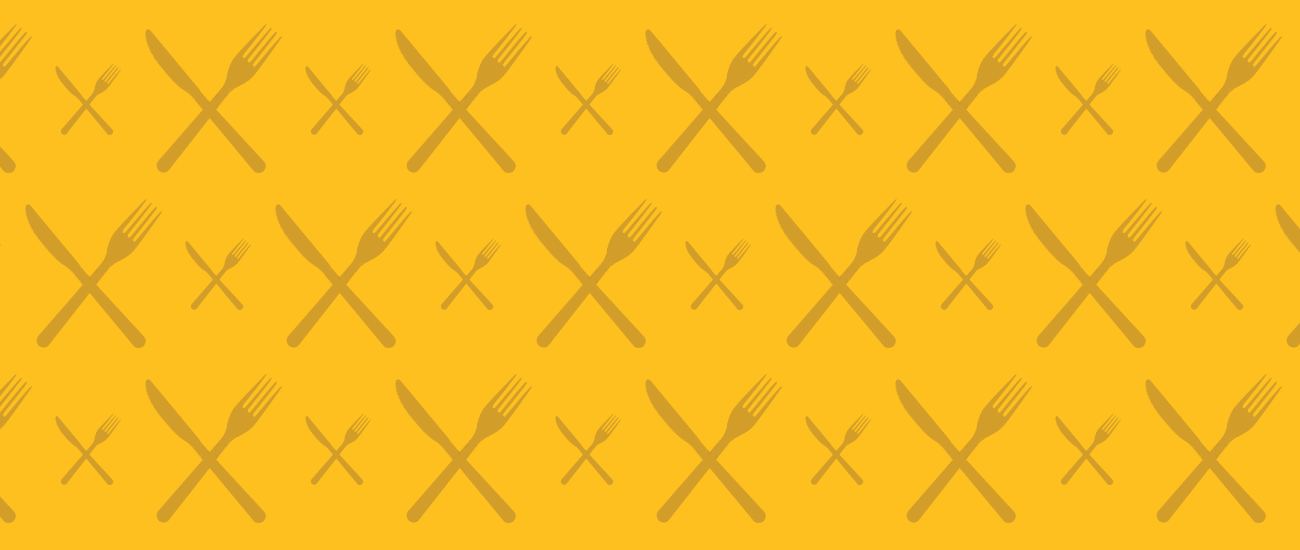

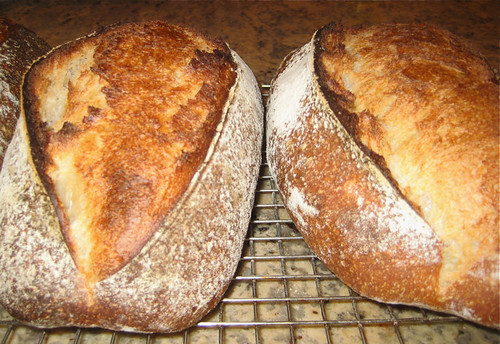
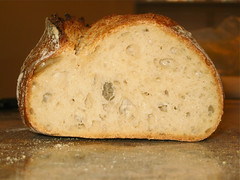
 (interview
(interview 